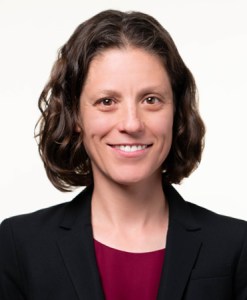This paper develops a general equilibrium lifecycle model to explore the welfare and inequality implications of different ways to return carbon tax revenue back to households. We find that the welfare maximizing rebate uses two thirds of carbon-tax revenue to reduce the distortionary tax on capital income while using the remaining one third to increase the progressivity of the labor-income tax. This recycling approach attains higher welfare and more equality than the lump-sum rebate approach preferred by policymakers as well as the approach originally prescribed by economists–which called exclusively for reductions in distortionary taxes.
Suggested citation:
Fried, Stephie, Kevin Novan, and William B. Peterman. 2024. “Understanding the Inequality and Welfare Impacts of Carbon Tax Policies.” Federal Reserve Bank of San Francisco Working Paper 2024-17. https://doi.org/10.24148/wp2024-17
